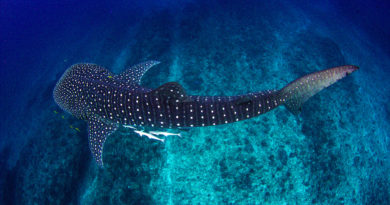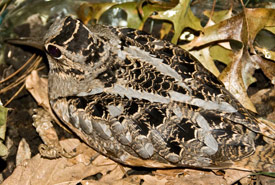Yosemite’s Iconic National Park Lodge
A Yosemite nature tour would not be complete without a stay at The Ahwahnee, a gem among national park lodges with a historical legacy. Travelers on An Insider’s Journey into Yosemite will spend three nights inside park bounds at this distinguished lodging.

Nestled into the Yosemite Valley, the grand hotel boasts views of the park’s landmarks: Yosemite Falls, Half Dome and Glacier Point. Constructed in 1927, Stephen T. Mather, the first director of the National Park Service, enlisted the help of architect Gilbert Stanley Underwood, who had already designed the magnificent lodges in Bryce Canyon and Zion national parks. Mather hoped The Ahwahnee would attract influential visitors to see the highlights of his favorite national park, celebrated by conservation champion John Muir, among others. The acclaimed lodge has since been host to royalty, presidents and celebrities, including Queen Elizabeth II, John F. Kennedy, Barack Obama, Lucille Ball, Judy Garland, Charlie Chaplin and Walt Disney.

The lodge’s architecture is a crowning achievement of “national park rustic style,” designed to complement the area’s natural beauty. Guests are greeted in the entryway by massive chandeliers, floor-to-ceiling windows and grand fireplaces. Adjoining rooms showcase historical photographs, Native American textiles and baskets and other artwork. The Dining Room is a marvel with 34-foot-high beamed ceilings and cathedral windows that showcase striking views. Home of the annual Bracebridge Dinner, it transforms into an old English manor hall during the Yuletide season. This holiday feast, aglow with candlelight, is a true American tradition, with caroling and performances inspired by Washington Irving’s “Squire Bracebridge.”

Ahwahnee means “land of the gaping mouth” and is a name first used by the indigenous inhabitants of Yosemite Valley. The Ahwahnechee people’s heritage can be found throughout the park, and native plants integral to their daily way of life grow in the valley’s forests and meadows. Acorns from black oak were a dietary staple, along with seeds and nuts from western juniper, pinyon pine and horse chestnut trees. Camas bulbs, mariposa tulip bulbs and golden brodiaea roots were eaten, along with greens from sorrel, broad-leaved lupine, California thistle, umbrella plant and crimson columbine. Blue elderberry, western chokecherry, gooseberry, thimbleberry, greenleaf manzanita and Sierra plum were also important food sources. Medicinal plants included wild rose, pearly everlasting, meadow goldenrod, California laurel, giant hyssop, Brewer’s angelica, mule ears and yerba santa. The tribe used fibers from mountain dogbane and wild grape to make ropes and soaproot and meadow rue to make soap. They built homes from incense-cedar and wove baskets from maple, Pacific dogwood, California hazelnut, willow, redbud and bracken fern. As visitors walk through groves of ancient trees and fields of wildflowers, they will become immersed in Yosemite’s early history, learning from expert naturalist guides about flora and fauna found in these lower montane forests.

During a stay at The Ahwahnee, travelers will have the chance to seek out wildlife, photograph some of Yosemite’s 262 bird species, meet with a black bear specialist, take a float trip down the Merced River and stargaze under the dark Sierra skies. Perhaps most exciting of all will be hikes to the national park’s legendary sights.
The roaring waterfalls, granite cathedrals and towering ancient sequoias have inspired awe in notable historical figures and nature lovers for generations. Be one of the lucky few to enjoy a coveted stay at the fabled Ahwahnee Hotel and explore California’s crown jewel from early morning to night on a nature tour with Natural Habitat Adventures.

About the author: Emily Goodheart View all posts by Emily Goodheart
Emily is Content Marketing Manager at Natural Habitat Adventures. She is a Colorado College graduate with a background in anthropology and wildlife conservation. She has explored more than 20 countries, including a wildlife-focused gap year in South Africa and Zimbabwe, a student photography expedition to the Galapagos, and college courses in Italy and India where she wrote about culture and mythology.



